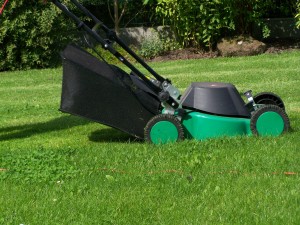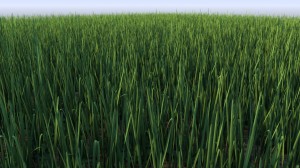
If you live in the…NORTHEAST
From Iowa to Maine, soil conditions vary widely. One thing’s for sure: the weather gets cold. Tall Fescue grass typically fares well in this climate and it’s incredibly hearty, too, able to withstand foot traffic and frequent cuttings. Fescue is drought resistant, too. Alternatives that work well in this zone include short Fecue and Kentucky Bluegrass.
If you live in the…SOUTHEAST
The southeast is actually broken up into two distinct grass zones. If you live from Louisiana to Georgia all the way up to North Carolina, Zoysia grass will work well in your yard. Able to withstand steamy summer temps and lack of moisture, this grass is perfect for lush, manicured lawns. Alternatives include Bermuda grass and tall Fescue, which also grows well in the south.
If you live in the…EXTREME SOUTHEAST
Parts of southern Louisiana, Mississippi, and all the way through Florida, the weather reaches temperatures and moisture levels unseen throughout the rest of the south. St. Augustine grass is a great choice for these areas as it grows well in sandy soil (get the sod version) and holds up to hungry insects. Centipede grass and Seashore paspalum can also stand in in a pinch.

Bermuda grass is your best bet if you live anywhere from Texas to Arizona. This grass thrives in full sun and doesn’t need a ton of water – but be sure to fertilize as much as possible! Stand ins include Buffalo Grass and Zoysia.
If you live in the…NORTHWEST
Wet weather and cool temps mean Kentucky Bluegrass does well, as does fine-leaf. Unfortunately, grass isn’t the best bet for many northwestern yards, particularly those that don’t get enough drainage. Tall fescue can also be used in some circumstances.
Ask your lawn care provider about the right grass for your yard and talk to them at length about the care each type requires. Some need more mowing while some need seeding – choose the kind of grass you think you can maintain for years to come.